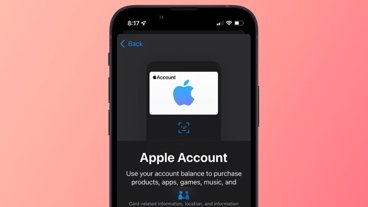In the first third-party post to Apple's ResearchKit blog, mobile health provider LifeMap Solutions reports seeing high rates of consent and participation due in large part to iOS and iPhone app "stickiness."
LifeMap Solutions is the company behind Asthma Health, an app developed in cooperation with Mount Sinai that enables asthma sufferers to self-manage their disease. The program gathers data on potential triggers and helps participants avoid areas where air conditions could worsen symptoms.
LifeMap was initially concerned that switching from traditional paper consent forms to an e-consent system would stymie study engagement. Preliminary data, however, shows more than half of all new users not only follow through with the ResearchKit consent process, but start using Asthma Health the very next day.
Further, LifeMap found participants to be just as engaged with Asthma Health as users of games or social networks.
Perhaps most interesting is data coming out of the study. As seen in the chart above, which represents an aggregate number of Asthma Health sessions measured over the project's life, participants respond well to "encouragement," or regular reminders that are pushed out to users every Monday. LifeMap said the behavior is consistent with other iOS apps, suggesting ResearchKit can be an effective research tool if applied correctly.
Today's report follows an inaugural welcome article posted by Apple's ResearchKit team in April.
First introduced in March, Apple's ResearchKit is an open source medical research platform that enables scientists to safely collect data from more than 700 million iPhone users worldwide.
 AppleInsider Staff
AppleInsider Staff




-m.jpg)



 Andrew O'Hara
Andrew O'Hara
 Mike Wuerthele
Mike Wuerthele


 William Gallagher
William Gallagher
 Malcolm Owen
Malcolm Owen









1 Comment
Still think this is one of the best things Apple has announced in a long time. I have no doubts there are going to be many more of these types of stories with real-world examples of how it helps both researchers and participants.